Are you interested in aging a beer but not sure where to begin? Worry not because we’ve got you covered. It is always great to try something new and exciting, and we are sure that you’ll love an aged beer than a fresh one. You know why? Aging or cellaring a beer comes with incredible outcomes like decreasing and softening harsh flavor notes.
We also appreciate how it reveals pleasant flavors and fades others while increasing complexity and allowing aromas to blend thoroughly. So, are you ready to learn how to age a beer? Below we’ll discuss some of the tips and everything else you need to know.
What’s the time duration for aging a beer?
If you didn’t know, various types of beers age differently. Some may take months, while others may take years. However, at six months, you should start tasting your vintage drink. Sometimes, you may feel that this time is long and add chemicals that age your brew fast, but that’s not right. These elements can make the beer stale and exhibit unfavorable flavors or toxics.
For that reason, we recommend you to be patient when maturing a beer. Even most expert brewers suggest that the slow aging of alcohol increases the brew’s quality. On that note, you’ll be surprised to know that some beers like Barleywines are a hundred years old.
Factors that influence the aging process of a beer
The aging of a beer requires a systematic approach that utilizes recommendable cellaring conditions. Below we’ve discussed various factors and how they influence the cellaring of your beer.
Temperature
Typically, the recommendable aging temperature of your beverage is 55 degrees Fahrenheit or twelve degrees Celsius. If you increase the temperature of your product, it will age fast. Higher temperature activates some bacteria, which make the beverage unpleasant with stale character.
At low temperatures, the maturation beer’s date retards. But for the optimum temperature, the liquid ages systematically while cellaring elements are kept in check. Therefore, the drink produces a bread-like or sherry flavor.
Light
Preferably, storing alcohol in dark rooms is best for vintage bottles. They offer an ideal temperature for the aging of liquor. If you keep your product in UV light or room lights, your brew will become unpleasant and skunk.
Humidity
Have you ever heard of something like keeping your content in a dry place? That term is related to humidity, which is the moisture content in the air. In this case, you should store your items in a low-humidity place.
A dry room can make the seals and cork dry to lose their grip. Still, a higher humid environment is a breeding ground for molds and destructive bacteria. Preferably, a moist environment of 60% is perfect.
Storage
Typically how your store your beer matters most for its aging. Since one can store the liquid in barrels or bottles, you should store them in an upright posture. Unlike wine kept by its side, this upright posture helps the alcohol’s sediment settle down the jar necessary for cellaring.
Oxidation
Oxidation influences the time beer reaches its prime. In chemistry terms, exposing your components to air facilitates oxygenic chemical reactions and activates destructive bacteria. These elements make the beverage taste awfully.
Moreover, higher temperature and light favor the oxidation of the substance. If you want the beer to age fast, subject it to oxygen and high temperatures. But to maintain a flavor taste of your pint, seal or ensure the barrels or bottles are airtight.
Tips for aging a beer
Choosing the right process in aging your beer is fundamental to acquire a quality end-product. Here are some tips to consider:
1. Choose the right beer aging location
A right cellaring location should have the necessary conditions that favor the aging of alcohol. Consider the factors mentioned earlier like humidity, temperature, oxidation, and light. If you have a cellaring place with optimum temperature, a dark room, or low humidity, that is the right place for your aging product.
Furthermore, the room should be locked and airtight to prevent oxidation in the barrels. For the bottle or canned beers, choose a sealed carton or box. On that note, we know that there can be an alluring urge for you or others to taste the beer before its prime. Keep yourself or your fellows out of bound from that package’s location.
2. Consider those beers with high alcohol content.
Usually, beers or other alcoholic drinks have their ABV (Alcohol by Volume) tagged on their bottles or cans. When it comes to the aging of beers, you should acquire higher ABV drinks of about 7% and more.
High ABV products have complex structures and flavors that are unbreakable by the fermentation process. Even when maturing the package, these flavors still maintain their quality. Surprisingly, the vintage brew may appear more intoxicating than when it was fresh.
3. Add preservatives
As you know that foods need preservatives to last, do the same for the alcohol. The preservative will prevent bacteria and other microbes that make your product skunk or stale. Consider preservatives like phenols, oregano extract, rosemary, or castor oil.
There are more of these preservatives, and you should consult an expert brewer to help you acquire one. If you are thinking about adding hops, as hops are preservatives, please don’t do it. That is because hop will degrade when with aging and releases an unfavorable taste in the product. Still, when hops vitiate, they cause an unhealthy imbalance in the liquid.
4. Use alcohol as a preservative.
Are you surprised that alcohol is on this list? You probably think, ‘a beer has its natural ABV, why add another alcohol?’ you need preservative alcohol such as sherry.
The reason why we choose sherry is that these distillates have a balanced level of acidity. The sherry and other preservatives spirits should have 8% and more Alcohol by Volume (ABV).
5. Commensurate about full-bodied beers
Whether you opt for an ale, lager, Lambic, or any other beer, ensure that they are full-bodied. You can know a full-bodied beverage-when you taste or pour them because they appear in a thick and syrup-like texture.
If you ignore the full-bodied drinks, your brew’s’ size shrinks and affects the beer’s flavor and balance. Especially for wheat malts, they have proteins that degrade quickly. Otherwise, full-bodied drinks will maintain their nourishment and do not decrease much on their size.
6. Include wild yeasts, bacteria or choose wild beer styles
Just like in fermentation, yeast can be instrumental in the aging process. Unlike chemical yeasts that may vitiate with aging, the natural yeast may not. Still, wild microbes -like lactobacillus and others- evolve and change with time to improve the brew’s taste. Yeast also catalyzes some beer’s flavors to make more spicy and subtle notes.
7. Think of esters and phenols in your drink
Do these elements sound complicated? If they are, consult an expert brewer who can help you gain their insight. Esters and phenols result from yeast in the fermentation stage. Esters are the chemical compounds that help the beverage tastes like fruits or honey. Phenols, in the other case, tastes like pepper or cloves.
For esters, some beers maintain or improve their characters while others lose it. For example, the British and Belgian ales have fruity esters that taste like raisins or figs. Still, the phenols character improve beer’s palate to vanilla or tobacco-like tastes. However, the banana-like esters disappear in a short while.
What does aging do to a beer?
You can’t judge the cellar taste of beer until you had tried it when it was fresh. However, you will note that the ABV content (unless you add alcohol preservatives) and other beer properties remain the same. The only quality that changes with your brew is its taste.
For example, those bitter hoppy drinks you knew will change and soften. Also, beers can vary their savors depending on how you subject them to light, temperature, and oxidation. Those stale beers mean you have not set these conditions to their optimum levels.
What is the best beer to age?
Usually, the best beer to age has over 7% ABV. However, unique Belgian style brands like Lambic or Guezes add flavor with low ABV than 7%. For Indian Pale Ales (IPA), you should not cellar them because they worsen and exhibit a stale savor.
Other types like Belgian ales acquires active yeast and bacteria that improves their taste with less oxidation. On that note, bottle-conditioned and barrel-aged beer have yeasts the enable a second fermentation process. A second fermentation process means that the beer will continue sweeting even in its cellaring chamber.
Conclusion
All said and done, it is up to you to know whether beer cellaring is the right choice. If you like this method, all you have to do is choose a perfect room for beer aging. Choose a storage room having all factors like light, temperature, and others in recommended beer cellaring conditions.
Also, follow our tips for aging beer, and you will be pleased with the results in the future. Lastly, engage a beer expert or bartender to know the beer models right for cellaring.
Please leave a comment if you feel the article was helpful. We would also love to hear your opinion on beer aging. Do you think it is complex? If yes, please let us know why.

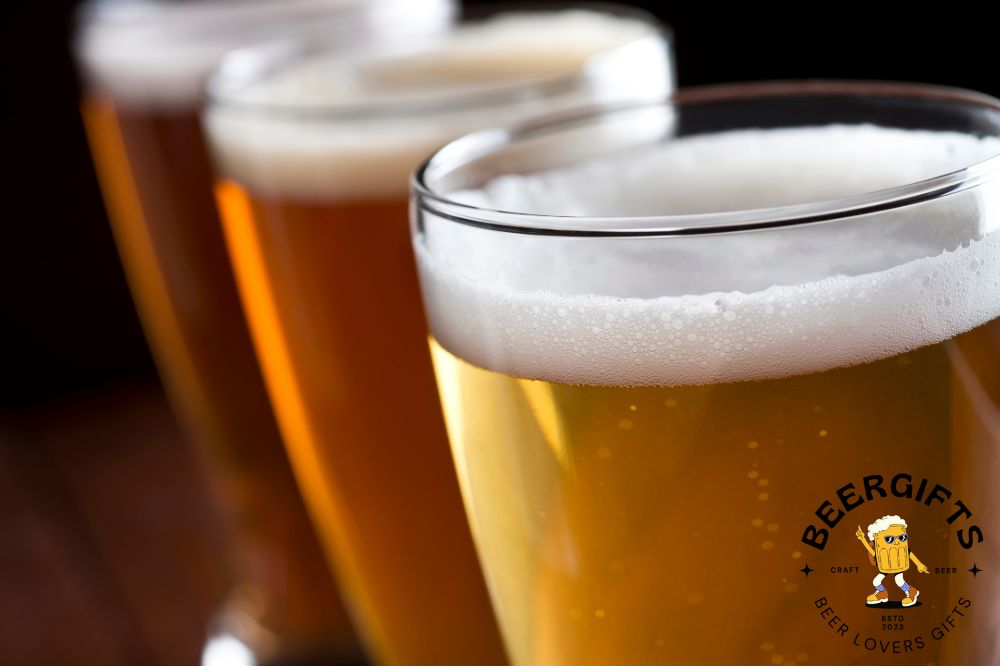
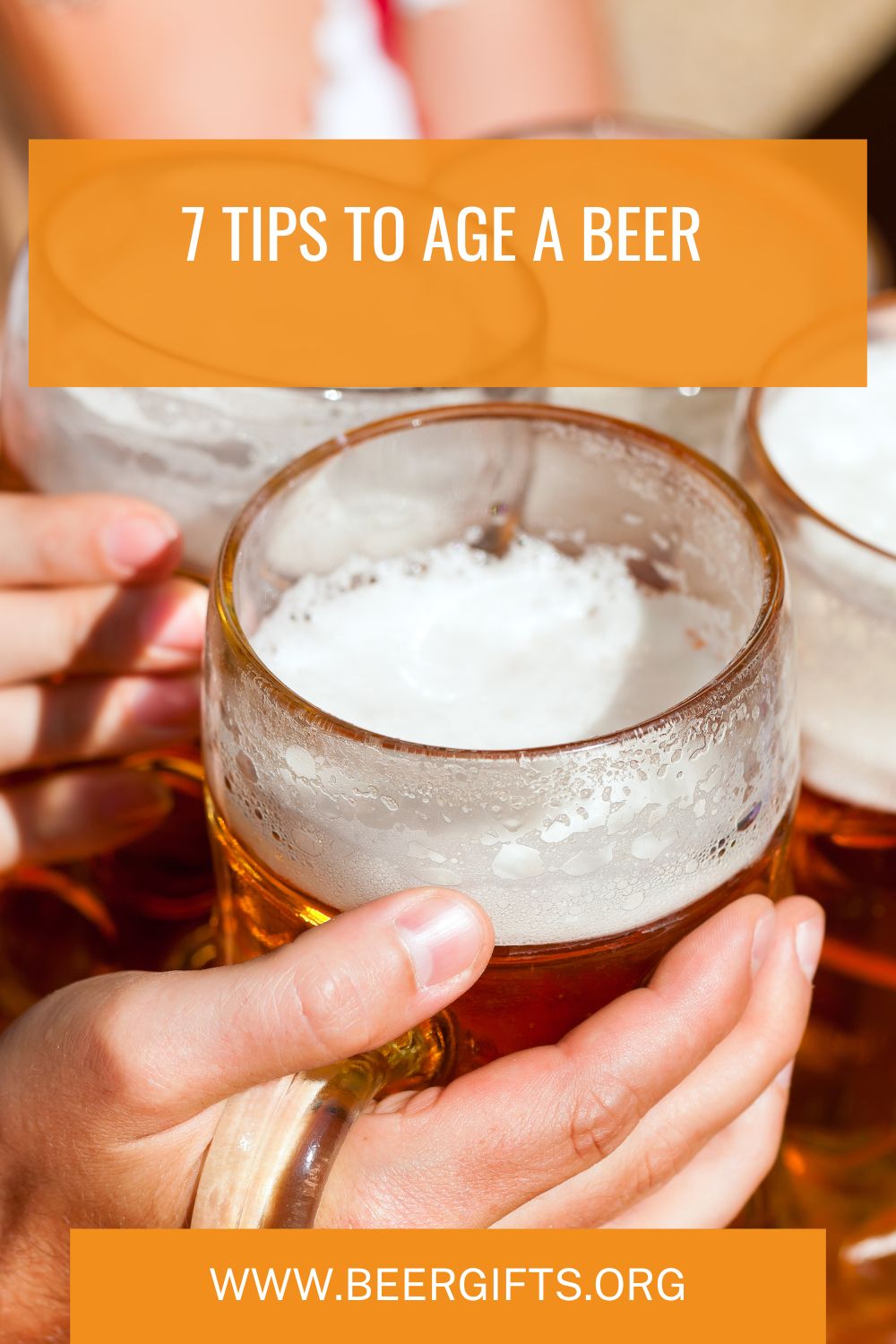
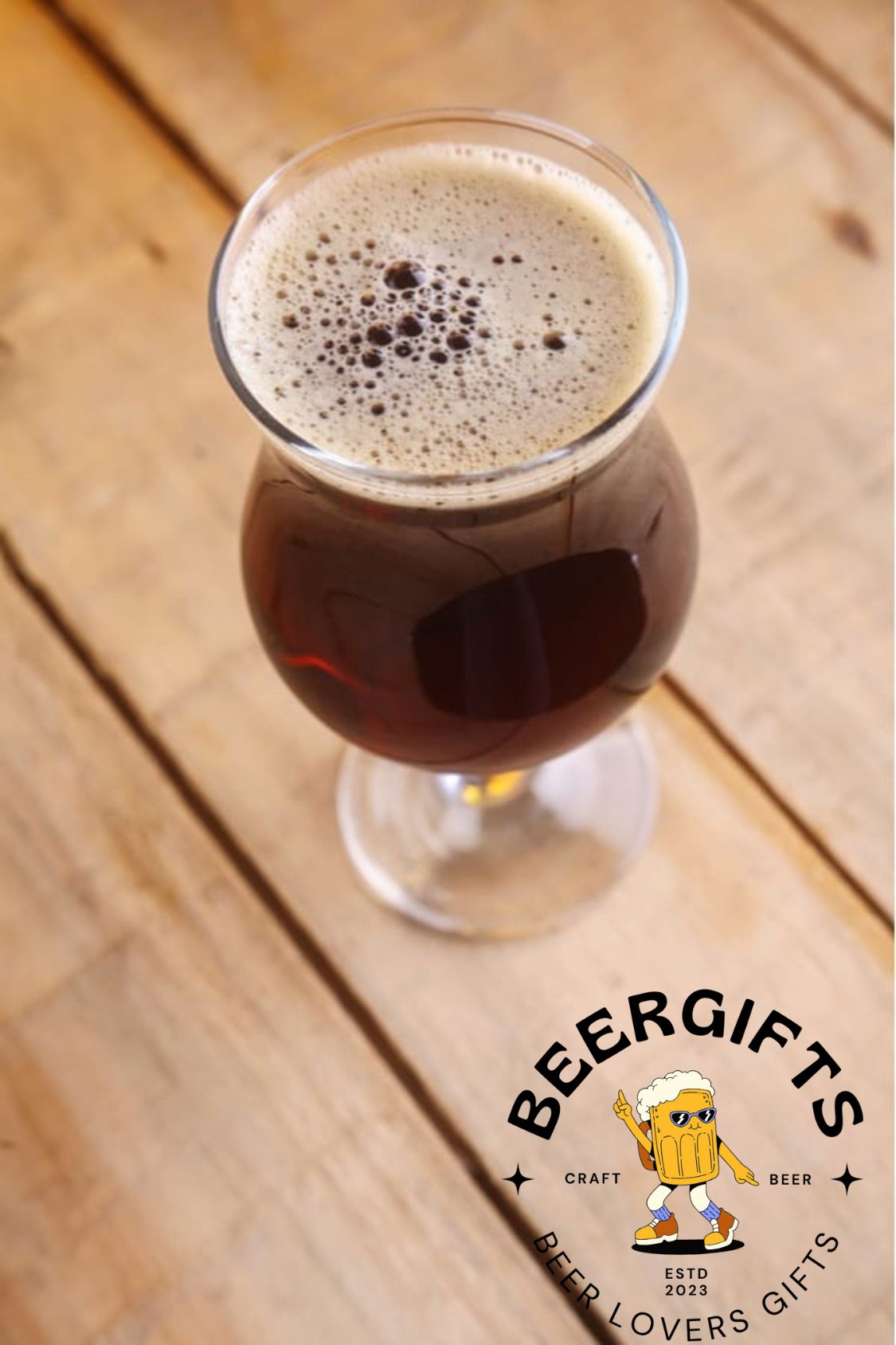
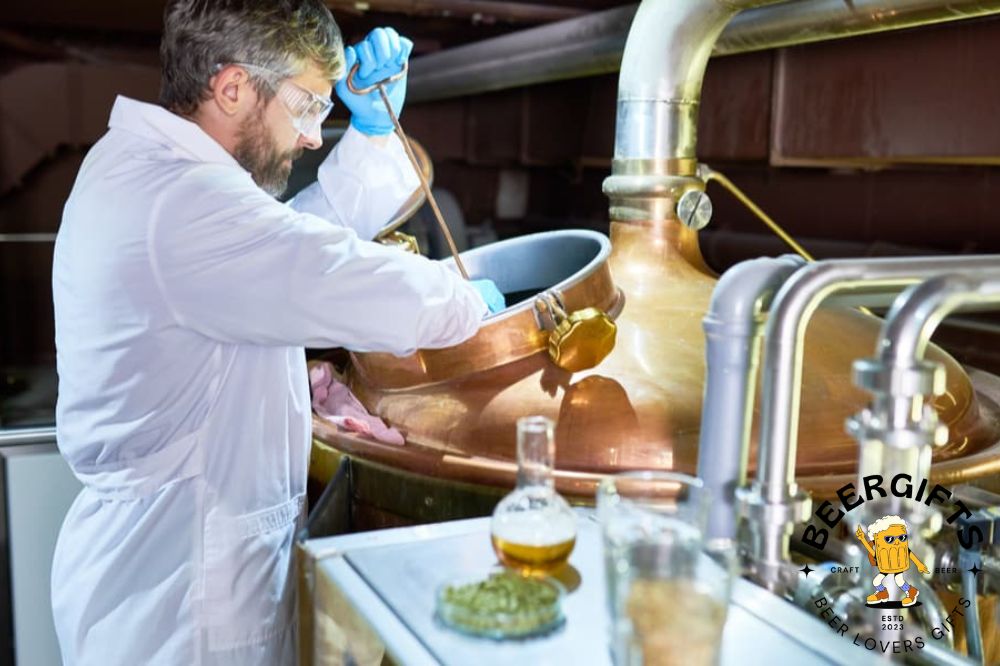
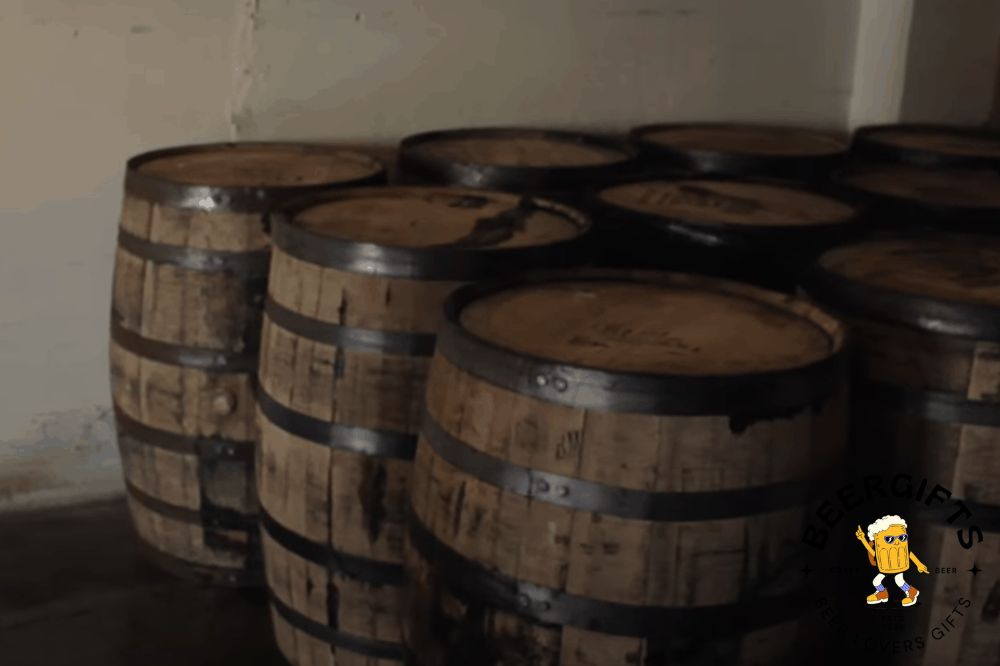
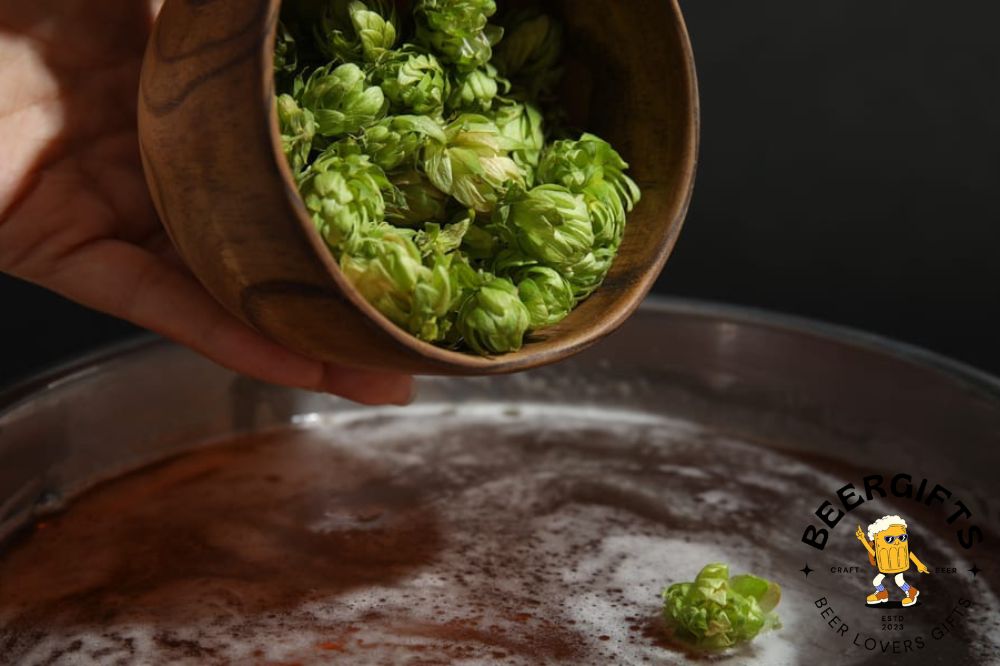
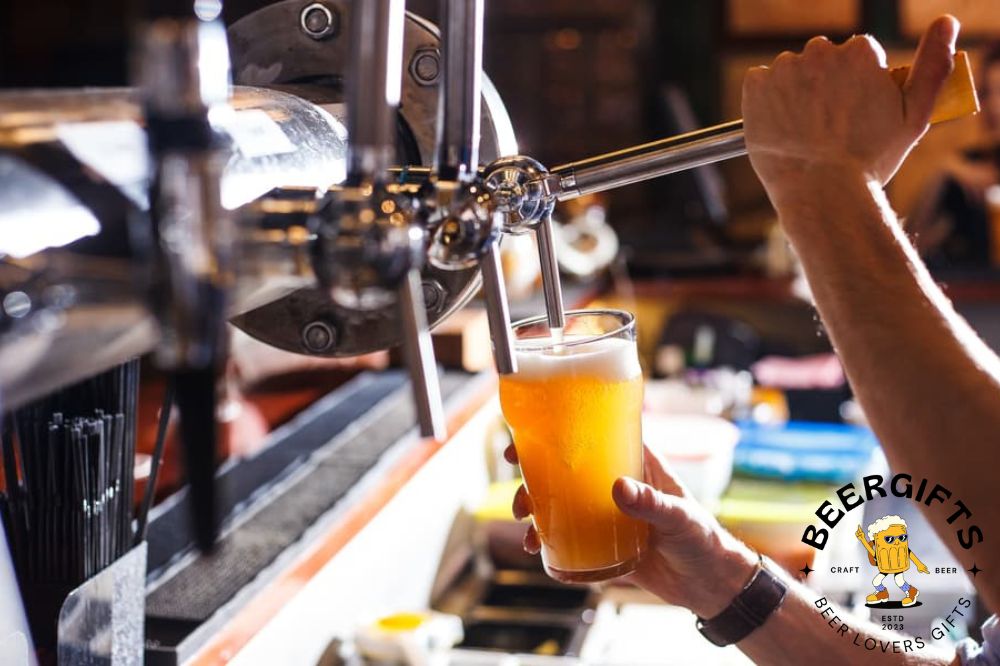
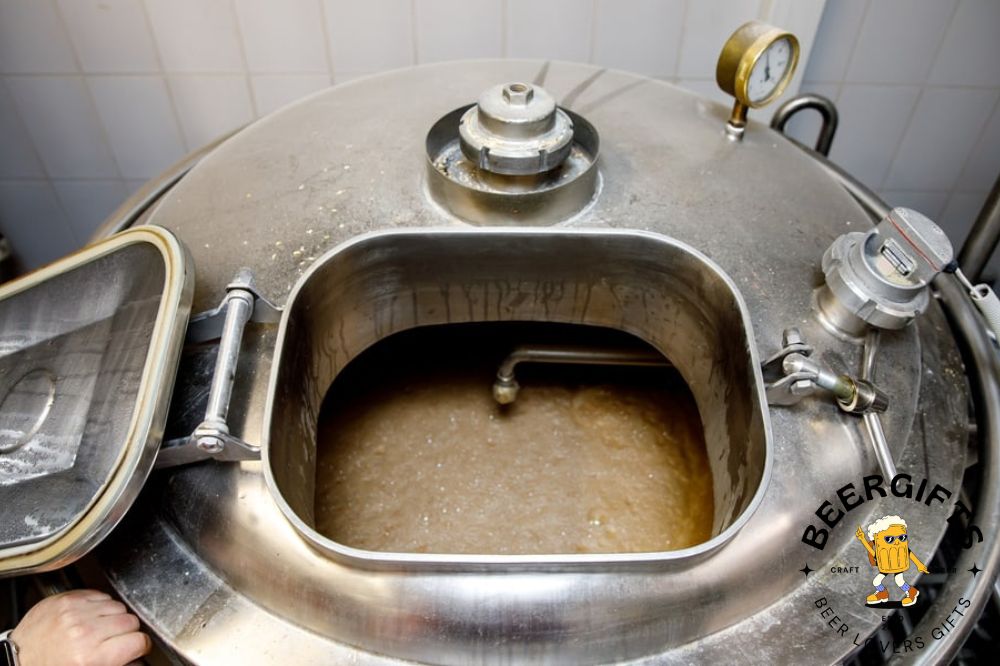
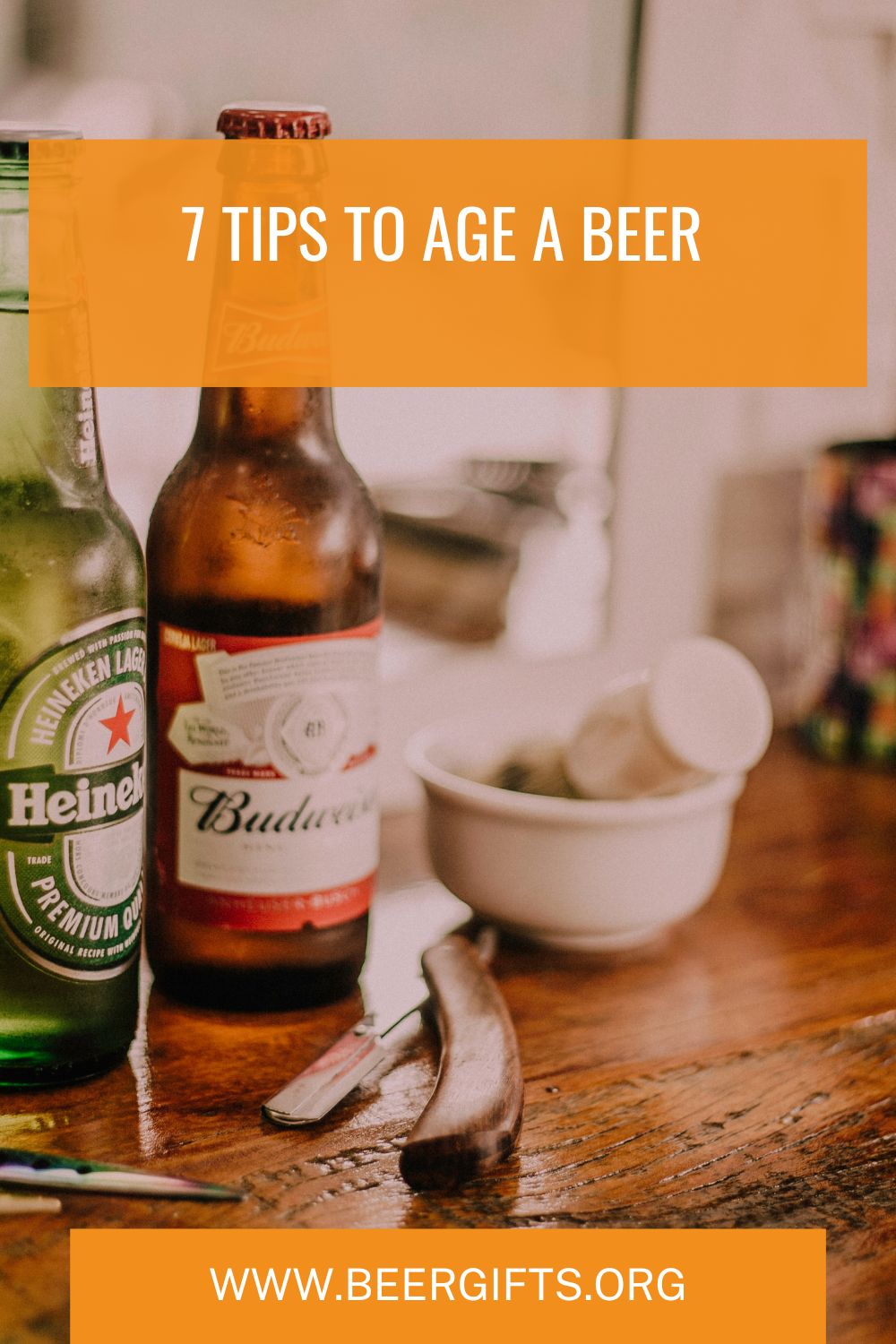
You got my attention when you said that it is best for beers to be stored in dark rooms since they offer the most ideal temperature. This is something that I will consider since I want to shop for tusker beers next week. My plan is to have some of them served on my birthday, and the remaining beers are going to be stored for the aging process. Thanks for sharing this.
I found it helpful when you said that 55 degrees Fahrenheit or twelve degrees Celsius is the recommendable aging temperature of your beverage. My parents will surely find this tip helpful since they are interested in finding a beer wholesaler that they can negotiate with before the year ends. They want to shop for cases of beer that they cam store well, so I will share this with them.